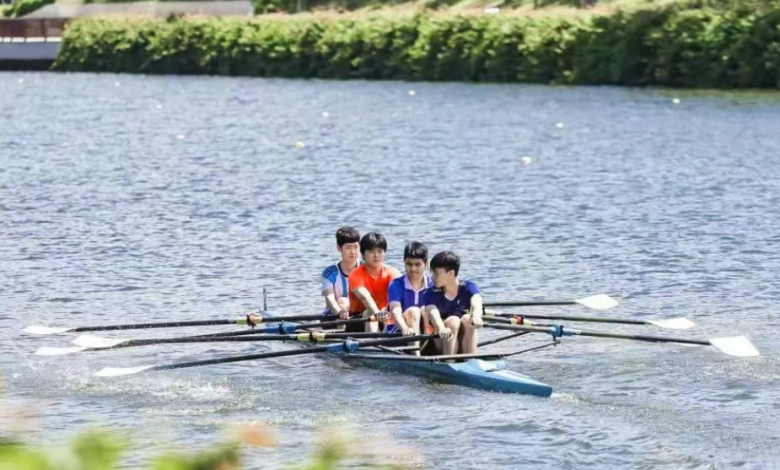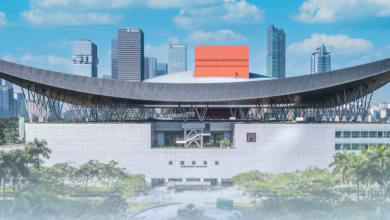
Regulating Water Sports in Nanshan’s Waterways: A New Management Approach

Introduction to Nanshan’s New Water Sports Regulations
Recently, Nanshan District in Shenzhen introduced the “Shenzhen Nanshan District Waterway Water Sports Management Regulations (Trial)”, set to take effect on July 15 and remain valid for three years. This 30-article document outlines a structured approach to managing water sports activities in local rivers, emphasizing ecological protection, safety, and sustainable recreation.
From my perspective, as someone who has kayaked in Shenzhen’s waterways, this regulation is a necessary step. Unregulated water sports can lead to pollution, accidents, and ecological damage. The new rules aim to balance recreational use with environmental responsibility—a model other cities could learn from.
Key Principles of the Management Regulations
The regulations are built on two core principles: “preventing water pollution and protecting aquatic ecosystems” and promoting “harmony between humans and water.” This means that while residents and tourists can enjoy activities like kayaking, paddleboarding, and dragon boating, they must do so responsibly.
One notable aspect is the “government supervision + industry self-discipline” approach. Authorities will oversee compliance, but sports organizations must also enforce best practices. For example, operators must obtain proper permits, ensure waste disposal systems are in place, and provide safety training.
In my experience, cities that enforce similar dual-track systems see fewer environmental violations. When I visited Copenhagen’s canals, strict yet practical regulations kept the waters clean while allowing vibrant water sports culture—something Nanshan seems to be replicating.
Division of Responsibilities: Who Oversees What?
The regulations clarify responsibilities using a “who approves, who supervises” model:
- Government agencies handle permits and environmental checks.
- Event organizers must ensure safety and emergency protocols.
- Sports associations are encouraged to self-regulate.
For instance, if a company wants to host a rowing competition, they must first obtain approval from the Water Affairs Bureau, then work with local environmental teams to monitor water quality. I’ve seen similar systems in Amsterdam, where event organizers partner with municipal bodies to keep waterways safe.
This structured accountability prevents gaps in enforcement—a common issue in less regulated regions.
Managing Commercial Water Sports Activities
Chapter 3 focuses on profit-driven water sports, requiring businesses to:
- Obtain licenses and conduct environmental impact assessments.
- Provide safety gear and trained staff.
- Limit motorized boats in sensitive zones.
From a business perspective, these rules may increase operational costs, but they also enhance long-term sustainability. A kayak rental service in Nanshan’s Dasha River, for example, must now install trash collection points—something I’ve noticed tourists appreciate in places like Singapore’s reservoirs.
Event Management: Balancing Recreation and Safety
Large-scale events (e.g., dragon boat races) face stricter rules:
- Mandatory emergency plans (e.g., lifeguards, rescue boats).
- Crowd control measures to prevent accidents.
- Post-event cleanups to avoid pollution.
When I attended a regatta in Sydney, similar protocols ensured zero waste was left behind. Nanshan’s emphasis on “who hosts, who cleans” is a smart move.
Enforcement and Future Outlook
The final chapters stress regular inspections and penalties for violations. Fines may deter negligence, while incentives (like “green operator” certifications) could encourage compliance.
Personally, I believe Nanshan’s trial period will refine these rules. If successful, they could set a benchmark for other Chinese cities. For water sports enthusiasts, this means cleaner, safer rivers—a win for both recreation and ecology.
Would you support similar regulations in your city? Let me know your thoughts!





